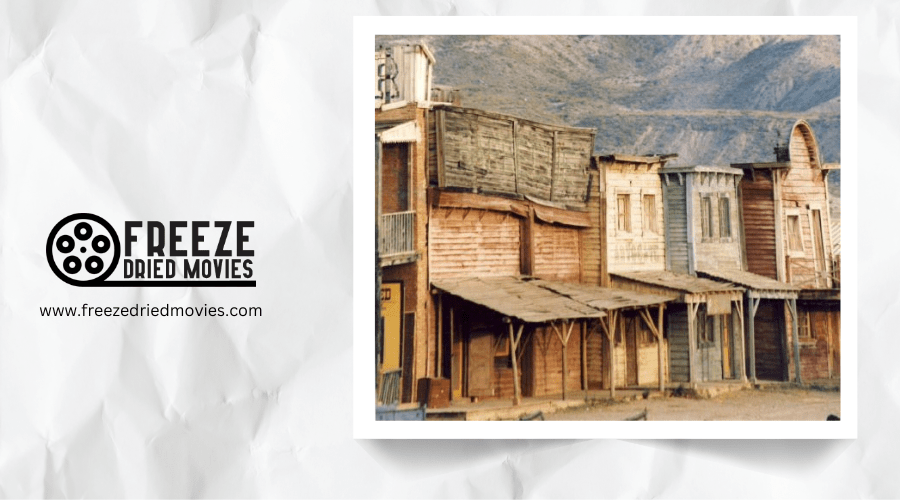Why Spaghetti Westerns Continue to Inspire Today’s Filmmakers

You've seen those iconic shots before—extreme close-ups of squinting eyes, vast desert landscapes stretching to infinity, and morally complex antiheroes who blur the line between good and evil. These visual signatures of Spaghetti Westerns continue to influence filmmakers decades after their heyday. From Tarantino's revenge fantasies to modern television's morally ambiguous protagonists, the Italian Western's DNA persists across media. What made these gritty, stylized films so revolutionary, and why do they still captivate directors looking to push cinematic boundaries?
The Landscape of Innovation: Sergio Leone's Visual Revolution
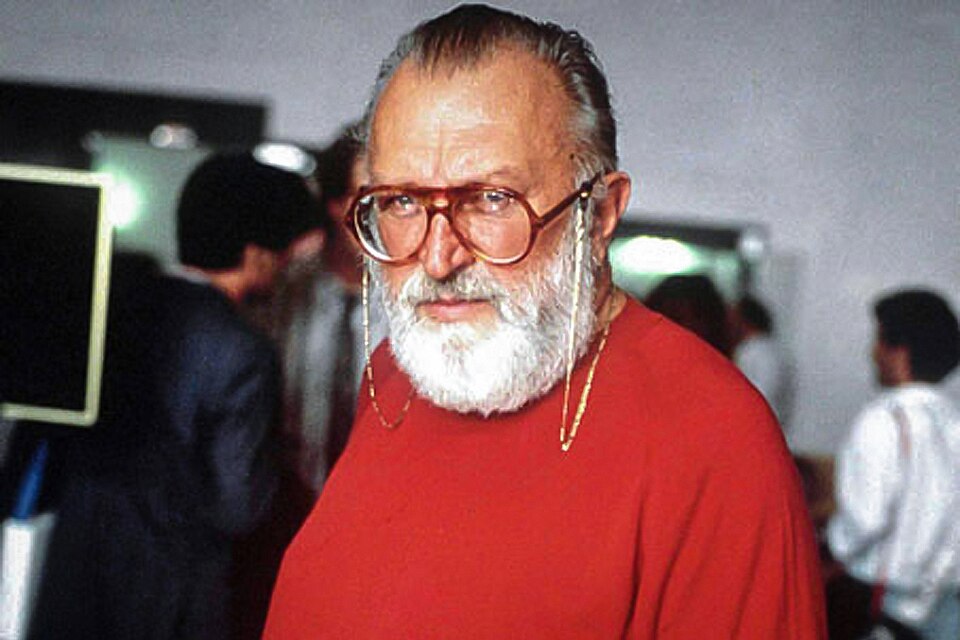
When Sergio Leone pointed his camera at the rugged terrain of southern Spain, he wasn't just filming a Western—he was redefining cinema itself. His Dollars Trilogy introduced a revolutionary visual language that would transform the Western genre forever.
His signature style is immediately noticeable: those unflinching close-ups that capture every bead of sweat and squinted eye, juxtaposed against breathtaking expansive landscapes that dwarf his characters. This deliberate contrast between intimacy and isolation creates unbearable suspense while emphasizing the harsh reality of frontier life.
Leone's partnership with Ennio Morricone elevated this visual poetry further, with scores that didn't merely accompany the images but became inseparable from them. Together, they crafted a new cinematic grammar that continues to influence filmmakers today—one where moral ambiguity, visual storytelling, and atmospheric tension reign supreme.
Leone's masterful use of deep focus cinematography built upon techniques pioneered in the 1930s, allowing viewers to simultaneously absorb both distant landscapes and minute character details within a single, meticulously composed frame.
From Dollars to Django: The Characters That Defined a Genre
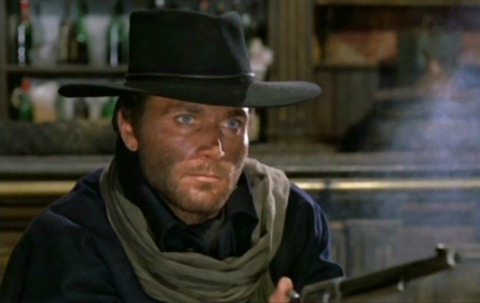
Leone's revolutionary visuals created the perfect canvas for characters unlike any the Western genre had seen before. You'll recognize Clint Eastwood's Man with No Name as the quintessential anti-hero – a cigar-chomping gunslinger operating within a framework of moral ambiguity. Unlike traditional cowboys, these protagonists didn't fit neatly into heroic archetypes.
Lee Van Cleef, once relegated to villain roles in American films, found new life in Leone's Dollars trilogy as both antagonist and protagonist, embodying the genre's blurred lines between heroes and villains. This moral complexity made these characters enduringly fascinating.
Franco Nero's Django similarly redefined what audiences expected from Western protagonists – a coffin-dragging mercenary whose motivations remained mysterious. These characters weren't simply "good guys" or "bad guys," but complex individuals maneuvering a brutal frontier according to their own moral codes. This approach to character development echoes the moral ambiguity found in classic film noir, where actors like Humphrey Bogart in The Maltese Falcon established the template for the hard-boiled protagonist.
Morricone's Sonic Tapestry: The Musical Language of Spaghetti Westerns
While the striking visuals of spaghetti westerns captivated audiences, Ennio Morricone's revolutionary scores created an equally powerful sonic dimension that transformed the genre forever. His iconic scores weren't mere background music—they actively drove the narrative and amplified the emotional impact of each scene.
Morricone's distinctive sonic landscape is immediately recognizable: haunting melodies performed on unconventional instrumentation like the ocarina, Jew's harp, and electric guitar. This unique approach blended classical foundations with folk and avant-garde elements, creating a musical language that perfectly complemented the visual style of these films.
Today's filmmakers continue drawing inspiration from this musical legacy, endeavoring to recreate that same evocative quality that made spaghetti westerns such immersive experiences. Morricone showed that film music could be both experimental and unforgettable. Much like how Universal's use of advanced sound effects and strategic musical scores in the 1940s enhanced suspense and horror, Morricone's compositions elevated the western genre beyond its visual components.
Beyond Hollywood: How European Filmmaking Transformed the Western
From the sun-baked plains of Spain to the rugged Italian countryside, European filmmakers reimagined the quintessentially American western genre through a distinctly different cultural lens. You'll notice how these Spaghetti Westerns challenged Hollywood's clean-cut narratives with morally ambiguous characters and revisionist storytelling.
Sergio Leone's innovative filmmaking techniques—stark close-ups juxtaposed against sweeping landscapes—created a visual language entirely their own. When paired with Ennio Morricone's haunting scores, they forged an unmistakable cinematic identity.
Italian directors embraced international co-productions, assembling diverse casts and crews that infused the genre with cosmopolitan perspectives. This global approach transformed westerns from simple good-versus-evil tales into complex explorations of human nature, proving that compelling storytelling could flourish outside the Hollywood system—and forever changing how we view the American frontier.
The Antihero Legacy: Moral Ambiguity and Complex Protagonists
Unlike the clear-cut heroes of classic Hollywood westerns, Spaghetti Western protagonists thrived in the murky terrain between virtue and vice. You'll notice this moral ambiguity in Clint Eastwood's "Man with No Name" character, who kills without remorse yet occasionally aids the vulnerable for complex, often self-serving reasons.
Sergio Leone's antihero figures revolutionized the genre by rejecting simplistic good-versus-evil narratives. Instead, they introduced nuanced storytelling where protagonists' motivations remained deliberately enigmatic.
This approach to complex protagonists influenced generations of filmmakers crafting Revisionist Westerns and beyond. Today's directors continue drawing from this well of morally ambiguous characters, recognizing how effectively they mirror real human complexity. When you watch contemporary westerns or even superhero films featuring flawed heroes, you're witnessing the enduring legacy of Spaghetti Western innovation.
Tarantino to Television: Spaghetti Western DNA in Modern Media
Three major filmmakers have carried the Spaghetti Western torch into contemporary cinema, with Quentin Tarantino leading the charge. His films Django Unchained and The Hateful Eight introduce new generations to the genre's distinctive style and themes.
You'll find spaghetti western DNA throughout modern television too. Breaking Bad's spinoffs Better Call Saul and El Camino embrace the genre's gritty aesthetics, while Deadwood blends historical realism with stark cinematography and moral ambiguity characteristic of Italian westerns.
The Coen brothers have reinvigorated the Western genre with their visual flair and dark humor, drawing directly from spaghetti western traditions. This influence extends to character development as well, with actors like Jeff Bridges and Christian Bale portraying complex protagonists whose moral compass often wavers—a hallmark of the genre's enduring legacy.
Technical Mastery: Camera Techniques That Changed Cinema
The revolutionary camera techniques in Spaghetti Westerns fundamentally rewrote cinematic language for generations to come. Sergio Leone's tight close-ups brought you uncomfortably near to characters' weathered faces, capturing subtle character emotion where minimalist dialogue couldn't reach.
His extended silences created unbearable tension, making every sound—from a creaking floorboard to a sudden gunshot—deeply meaningful.
You'll notice how strategic camera angles work alongside expansive landscapes to frame characters as both dominant and insignificant against the frontier's harsh beauty. This visual storytelling approach, complemented by Ennio Morricone's haunting scores, crafted an immersive experience where what you see matters more than what's said.
Today's filmmakers continue mining this technical playbook, understanding that Leone's innovative use of sound and image spoke a universal language that still resonates with modern audiences.
Cultural Commentary: How Spaghetti Westerns Reflected Their Times
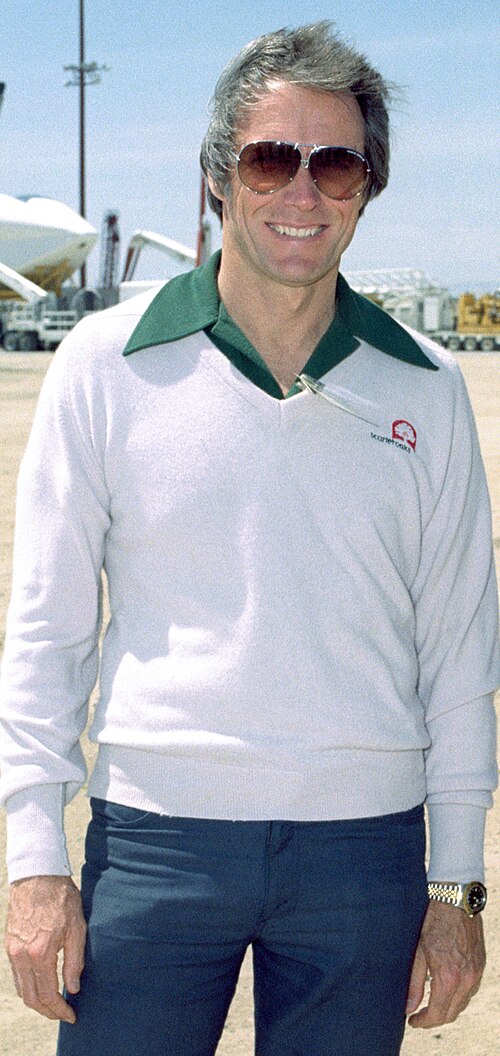
Spaghetti Westerns emerged as powerful cultural mirrors during the tumultuous 1960s, capturing a world in flux through their dusty, violent tableaus. While John Ford and John Wayne had painted the American West in black and white morality, Sergio Leone and his Italian filmmakers reimagined it through a lens of moral ambiguity that resonated with audiences experiencing social upheaval.
Clint Eastwood's taciturn antiheroes offered a stark contrast to traditional Hollywood cowboys, embodying the era's growing disillusionment with authority. The genre's international perspective allowed for critical examination of the eroding American Dream, questioning the mythology of manifest destiny. Ennio Morricone's haunting scores underscored the emotional complexity of a generation grappling with changing power dynamics and uncertain futures.
The Global Impact: How Italian Westerns Transcended Cultural Boundaries
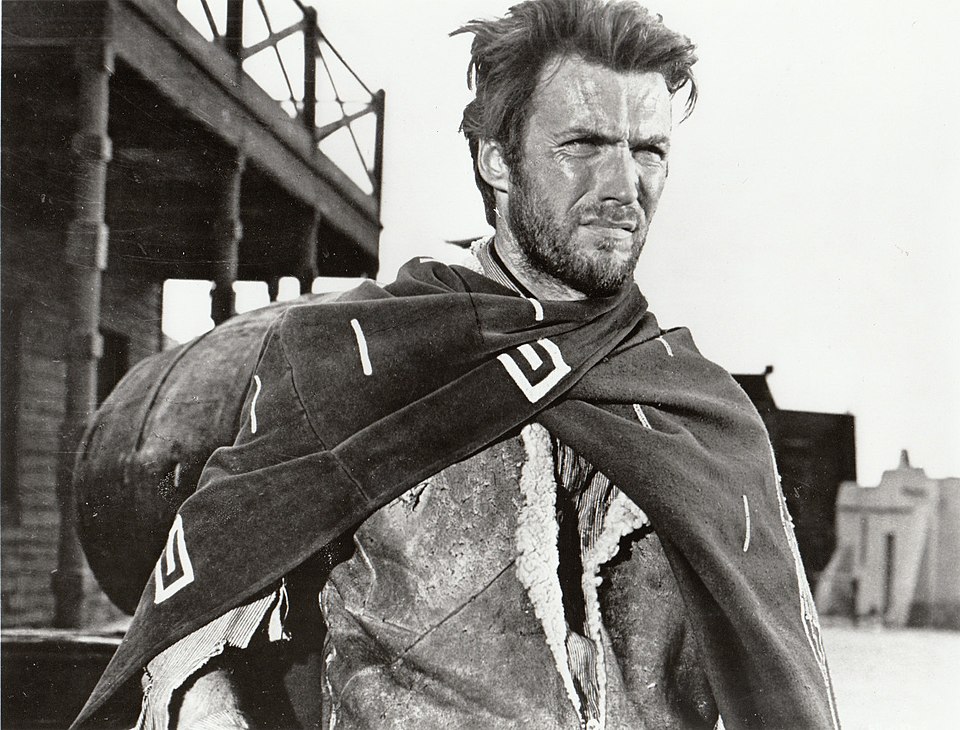
More details
Clint Eastwood as the Man with No Name in A Fistful of Dollars
While cultural commentary defined the spaghetti western's thematic resonance, it was their remarkable global reach that cemented their legacy in film history. These international coproductions shattered expectations, blending European sensibilities with American western mythology.
Sergio Leone's "Dollars Trilogy" catapulted Clint Eastwood's career while introducing audiences worldwide to Ennio Morricone's revolutionary scores—music that became inseparable from the genre's identity. Through innovative storytelling that defied conventions, these films permeated pop culture across continents.
What's fascinating is how Westerns became boundary-crossing phenomena despite language barriers. Their visual flair and morally complex narratives inspired a new generation of filmmakers who continue bringing fresh perspectives to today's cinematic landscape. You can see their influence everywhere—from Tarantino's revenge tales to South Korean thrillers—proving their lasting transcultural appeal.



